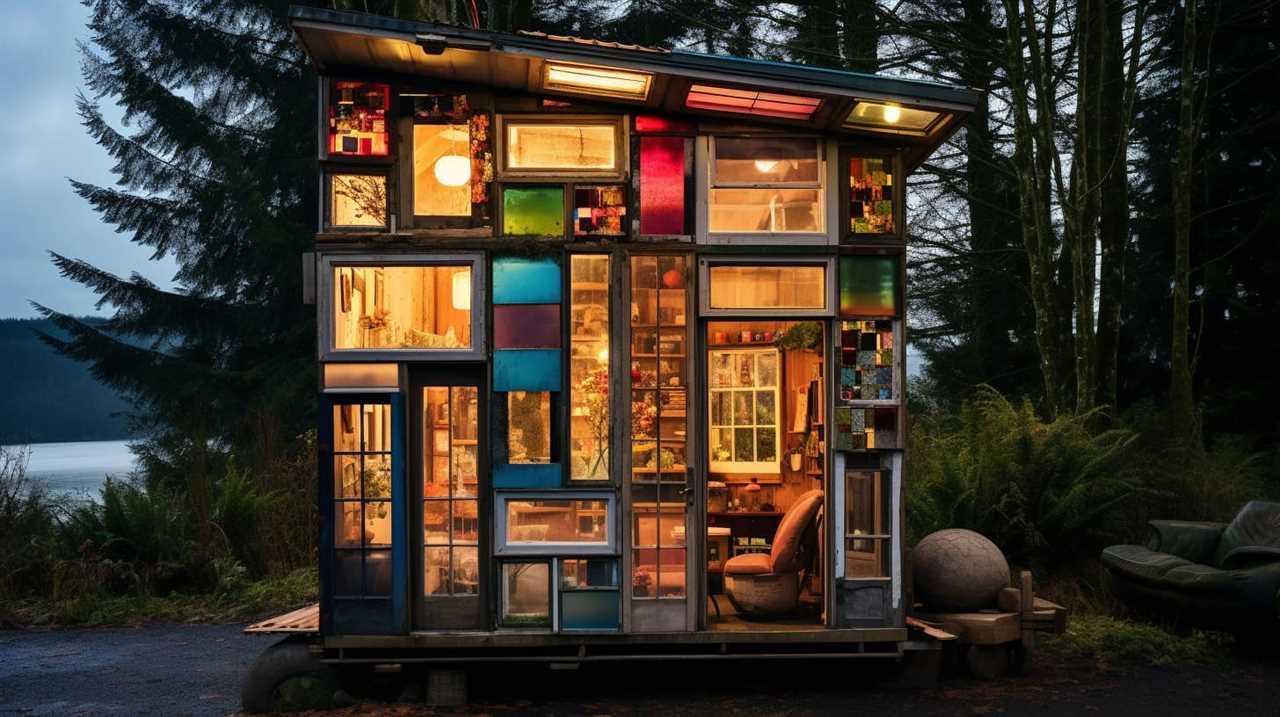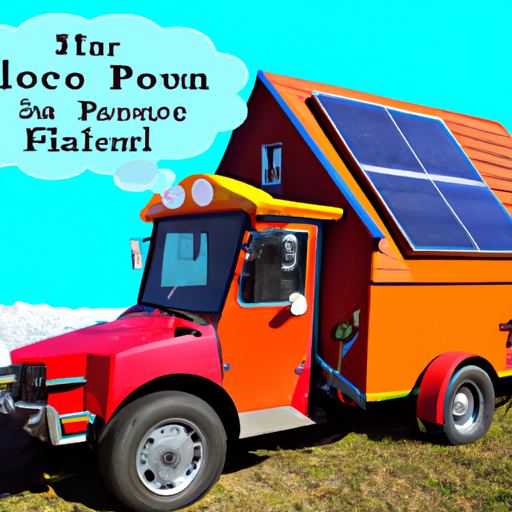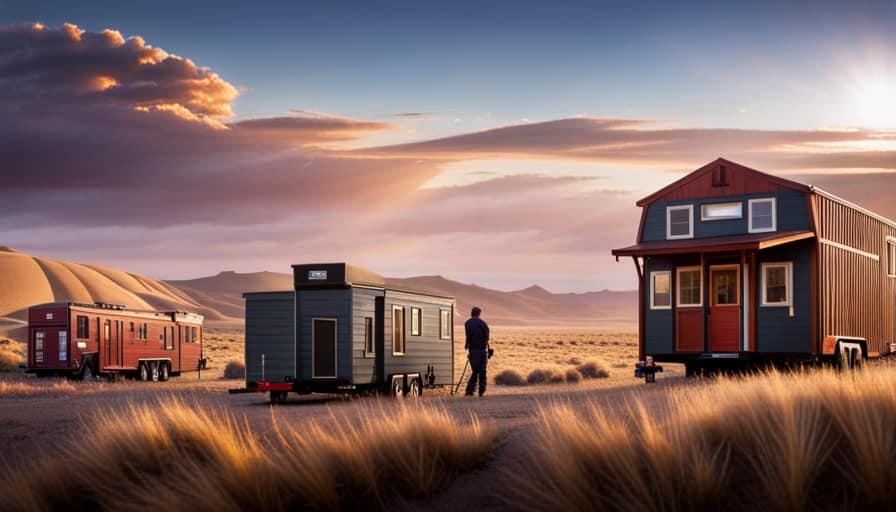Do you feel overwhelmed by the mess in your life?
Join us on a journey of transformation as we delve into the world of tiny living and master the art of minimalism.
With our top 10 life-changing tips, we’ll show you how to simplify, declutter, and embrace a more mindful way of living.
Say goodbye to the chaos and hello to a life of freedom and fulfillment.
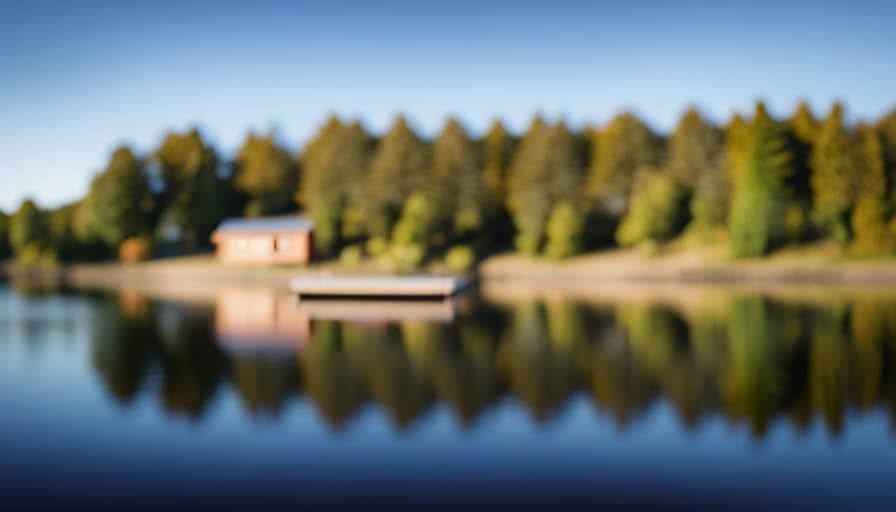
Let’s embark on this tiny living revolution together!
Key Takeaways
- Embrace the power of decluttering to create a minimalist home
- Utilize vertical space with shelves, hooks, and hanging organizers
- Curate a capsule wardrobe for a more intentional and sustainable style
- Practice mindful consumption to break free from consumerism
The Power of Decluttering: Simplify Your Space
Let’s start by clearing out the clutter and simplifying our space. It’s time to embrace the power of decluttering and create a minimalist home that promotes sustainable living.
By adopting minimalist home decor, we not only create a peaceful and organized environment, but we also reduce our carbon footprint and contribute to a more sustainable future. When we eliminate unnecessary items and focus on quality over quantity, we free up physical and mental space.
We can incorporate sustainable materials like bamboo and organic cotton into our decor, and choose furniture and accessories that are both functional and aesthetically pleasing. By simplifying our space, we can create a harmonious sanctuary that allows us to focus on what truly matters.

Now, let’s transition into the subsequent section about embracing minimalist fashion: capsule wardrobe essentials.
Embracing Minimalist Fashion: Capsule Wardrobe Essentials
By incorporating a minimalist fashion approach and curating a capsule wardrobe, we can simplify our clothing choices and embrace a more intentional and sustainable style. A minimalist wardrobe consists of a few high-quality, versatile pieces that can be mixed and matched to create endless outfit combinations.
Here are some essential items for a minimalist wardrobe:
-
A classic white shirt: Perfect for both casual and formal occasions, a white shirt is a timeless piece that can be dressed up or down.
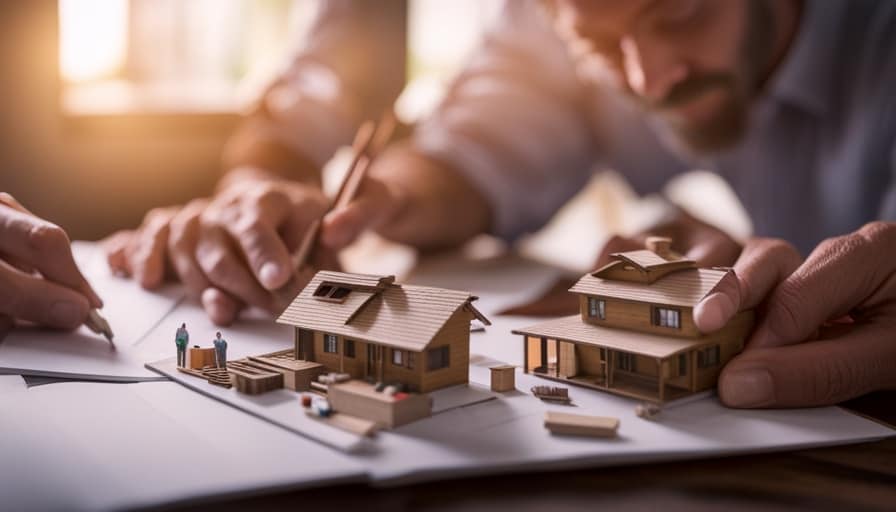
-
A well-fitted pair of jeans: Opt for a pair of jeans that flatters your body shape and can be worn with various tops.
-
A little black dress: Every minimalist wardrobe needs a go-to dress that can be styled differently for different occasions.
-
Comfortable sneakers: Invest in a pair of quality sneakers that are both stylish and comfortable for everyday wear.
Mindful Consumption: Breaking Free From Materialism
We can redefine our relationship with material possessions and break free from the grip of consumerism by practicing mindful consumption. It’s time to shift our focus from accumulating more things to finding joy and contentment in the things we already have.
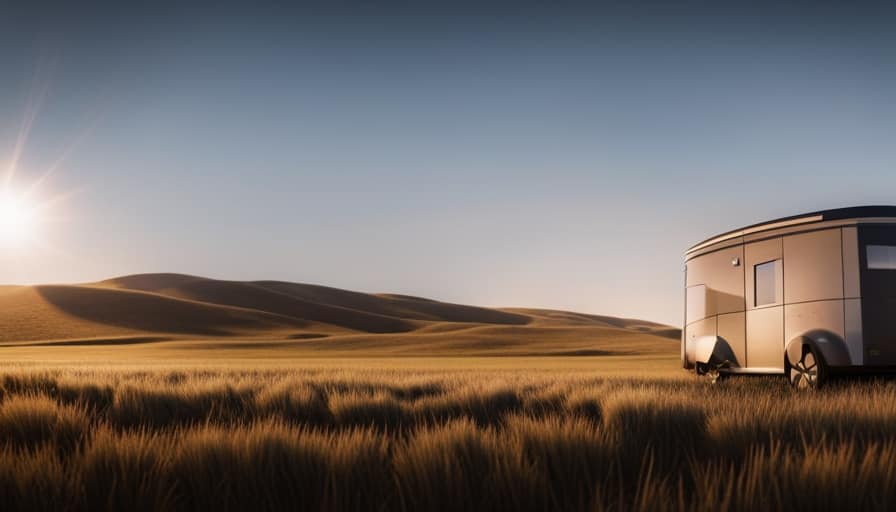
By embracing a minimalist lifestyle, we can reduce our impact on the environment and find greater fulfillment in life. One way to break free from consumerism is to prioritize experiences over material goods. Instead of buying things, invest in creating memories and building relationships.
When it comes to home decor, minimalist ideas can help create a calming and clutter-free environment. Consider decluttering your space, using neutral colors, and selecting a few quality pieces that truly bring you joy.
Creating Functional Minimalist Spaces: Tips for Every Room
Our goal is to design each room in a way that maximizes functionality while also maintaining a minimalist aesthetic. Here are some tips to help you create functional minimalist spaces in every room of your home:
-
Declutter and organize: Start by decluttering and getting rid of any unnecessary items. Then, organize the remaining items in a way that’s easy to access and visually pleasing.

-
Choose multipurpose furniture: Opt for furniture pieces that serve multiple functions, such as a sofa bed or a coffee table with built-in storage.
-
Utilize vertical space: Make use of wall shelves, hooks, and hanging organizers to maximize storage without taking up valuable floor space.
-
Consider minimalist design principles: Embrace clean lines, neutral colors, and simple patterns to create a calm and uncluttered atmosphere.
By following these tips, you can transform your home into a functional and minimalist oasis.
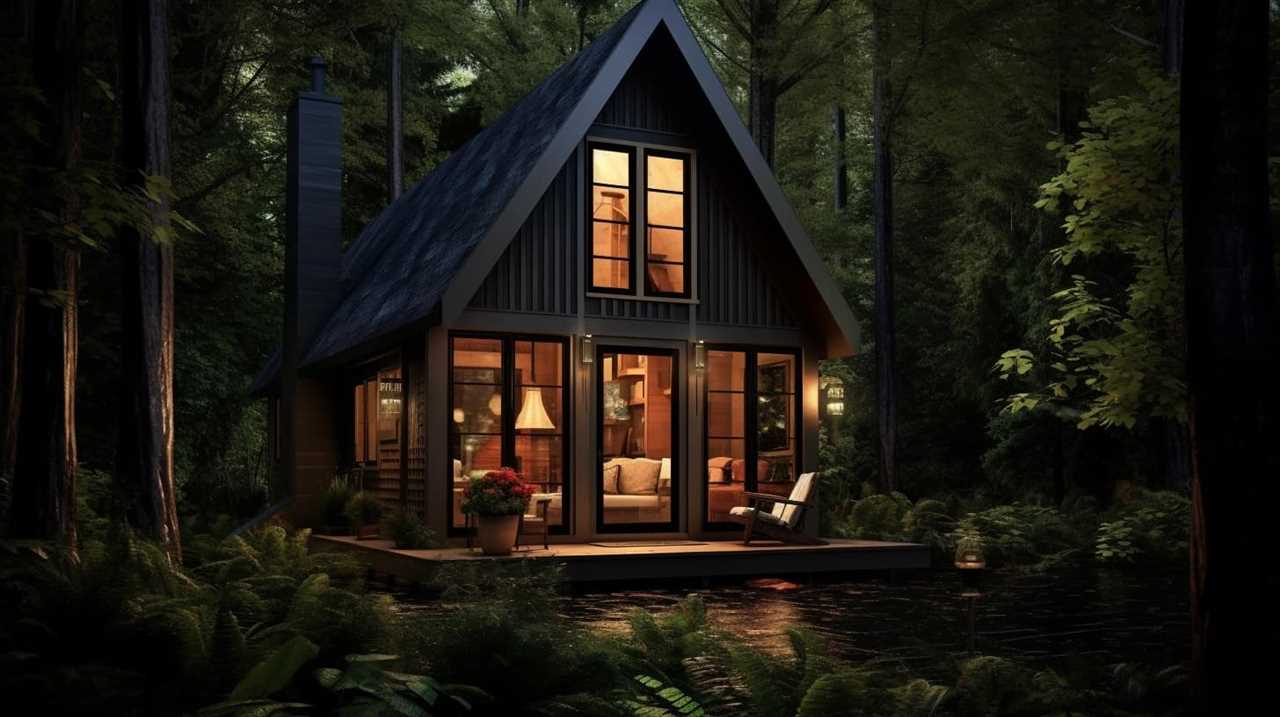
Now, let’s move on to the next section about minimalist travel: how to pack light and enjoy the journey.
Minimalist Travel: How to Pack Light and Enjoy the Journey
When it comes to minimalist travel, packing light is key.
We’ll show you the essential items to bring and how to efficiently organize them for your journey.
Essential Packing Items
Packing efficiently is key to enjoying a minimalist travel experience, and having a well-organized backpack is essential. To help you pack light and make the most of your journey, here is an essential packing checklist:
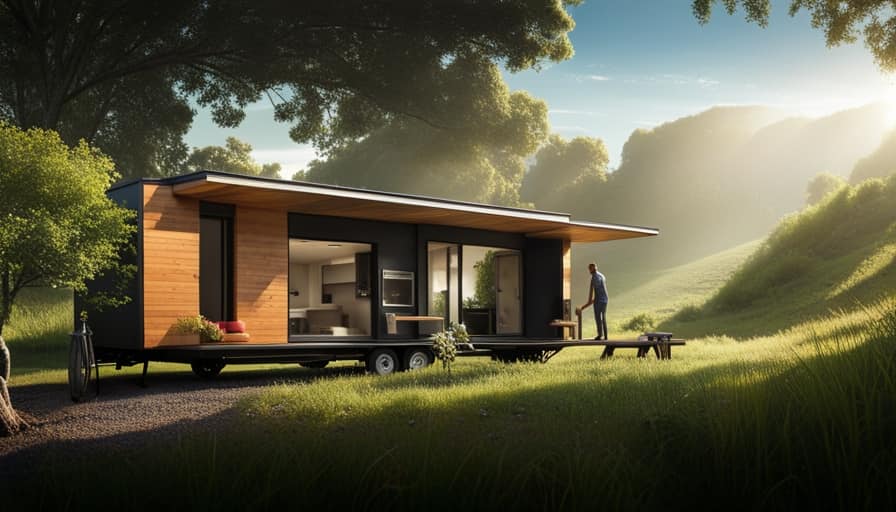
- Versatile clothing: Choose clothing items that can be mixed and matched to create multiple outfits, saving space in your bag.
- Multipurpose toiletries: Opt for travel-sized toiletries that can serve multiple purposes, such as a shampoo and body wash combo or a moisturizer with SPF.
- Compact electronics: Instead of carrying bulky gadgets, consider using a smartphone that can perform multiple functions like taking photos, playing music, and accessing maps.
- Lightweight travel accessories: Invest in lightweight and compact travel accessories like a microfiber towel, a collapsible water bottle, and a universal power adapter.
Efficient Travel Organization
Let’s start by optimizing our travel organization with the use of efficient packing techniques, such as rolling clothes and utilizing packing cubes. When it comes to efficient packing, the key is to maximize space while minimizing weight. Rolling clothes not only helps save space but also prevents wrinkles. Packing cubes, on the other hand, are a game-changer in terms of organization. They allow you to separate different items, making it easier to find what you need without rummaging through your suitcase.
To further illustrate the benefits of efficient packing, let’s take a look at the following table:
| Efficient Packing Benefits |
|---|
| Saves space |
| Prevents wrinkles |
| Easy to find items |
| Reduces stress |
| Lightens your load |
Benefits of Minimalist Travel
By embracing minimalist travel and packing light, we can experience the joys of the journey without being burdened by excess baggage. Sustainable travel isn’t only beneficial for the environment but also for our own well-being.
Here are some benefits of minimalist travel:
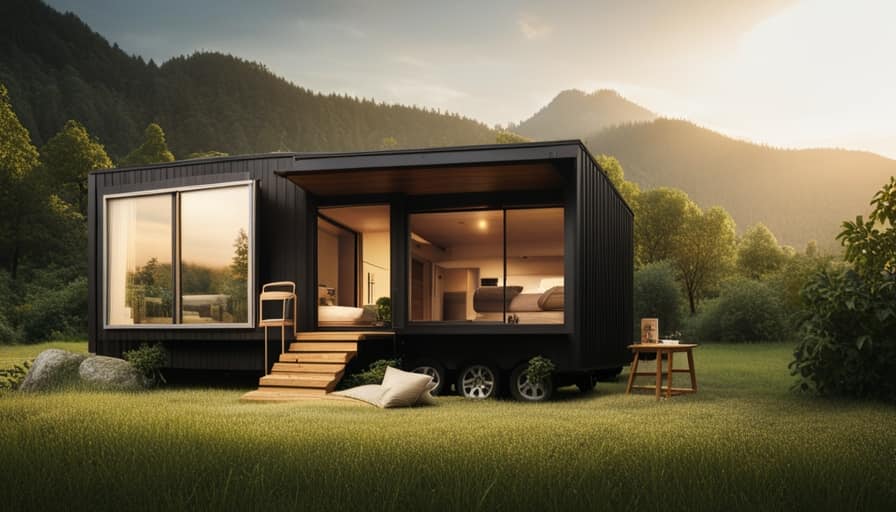
-
Reduced stress: When we travel light, we don’t have to worry about lugging heavy suitcases or losing our belongings. This allows us to focus on enjoying the experience rather than being weighed down by our possessions.
-
Increased mobility: Minimalist packing means we can easily navigate crowded airports, buses, and trains. We can move swiftly and efficiently, making the most of our time and exploring more destinations.
-
Cost savings: Packing light means we can avoid baggage fees and the extra costs associated with checking in large suitcases. We can also save money by not buying unnecessary items during our travels.
-
Environmental impact: Minimalist travel reduces our carbon footprint by using fewer resources. We can contribute to sustainable travel by packing reusable items and supporting local businesses.
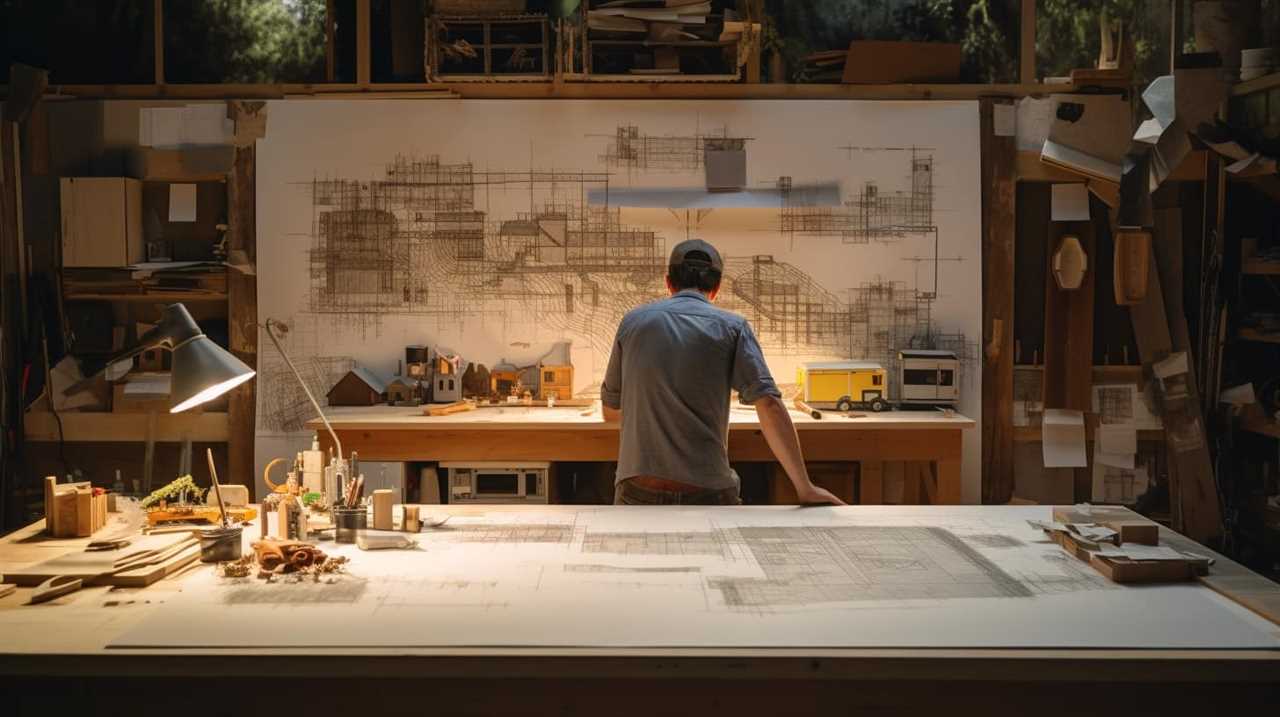
Embracing minimalist travel not only benefits us personally, but also allows us to contribute to a more sustainable and mindful way of exploring the world. Let’s pack light and enjoy the journey while making a positive impact.
Digital Detox: Simplify Your Digital Life
We can simplify our digital lives by implementing a digital detox. Taking a break from our devices and online presence can have numerous benefits for our digital well-being. It allows us to disconnect from the constant demands and distractions of the digital world, giving us the opportunity to focus on what truly matters.
Here are some benefits of a digital detox:
| Improved mental health | Reduced stress levels | Increased productivity |
|---|---|---|
| Taking time away from screens can help reduce anxiety and improve overall mental well-being. | Disconnecting from the digital world can alleviate stress and create a sense of calm and balance. | By eliminating digital distractions, we can increase our focus and productivity on important tasks. |
A digital detox is like pressing the reset button on our digital lives. It allows us to regain control and find a healthier balance between technology and our well-being. So, why not give it a try? Start small, set boundaries, and experience the positive impact of simplifying your digital life.
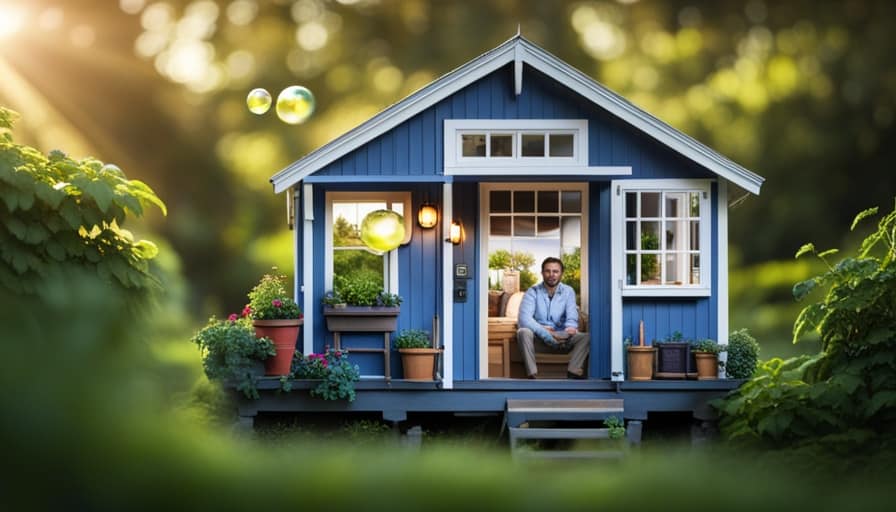
Mindful Meal Planning: Simplify Your Kitchen and Eating Habits
When it comes to simplifying our kitchen and eating habits, one important step is to practice mindful meal planning. By adopting sustainable eating practices and incorporating minimalist kitchen design principles, we can create a more efficient and enjoyable dining experience.
Here are some tips to help you get started:
-
Plan your meals in advance: By knowing what you’ll be eating throughout the week, you can avoid unnecessary trips to the grocery store and reduce food waste.
-
Choose local and organic ingredients: Supporting local farmers and opting for organic produce not only promotes sustainable agriculture but also ensures that you’re consuming fresh and nutritious food.

-
Simplify your recipes: Stick to simple and wholesome recipes that require minimal ingredients and preparation time.
-
Embrace meal prep: Dedicate a few hours each week to prepare and portion your meals in advance. This will save you time and energy during busy weekdays.
Letting Go of Sentimental Clutter: Practical Tips for Emotional Decluttering
When it comes to decluttering, one of the biggest challenges we face is letting go of sentimental items. We often hold onto objects because they hold memories and emotions for us.
However, embracing minimalism means learning to prioritize the present and future over the past.
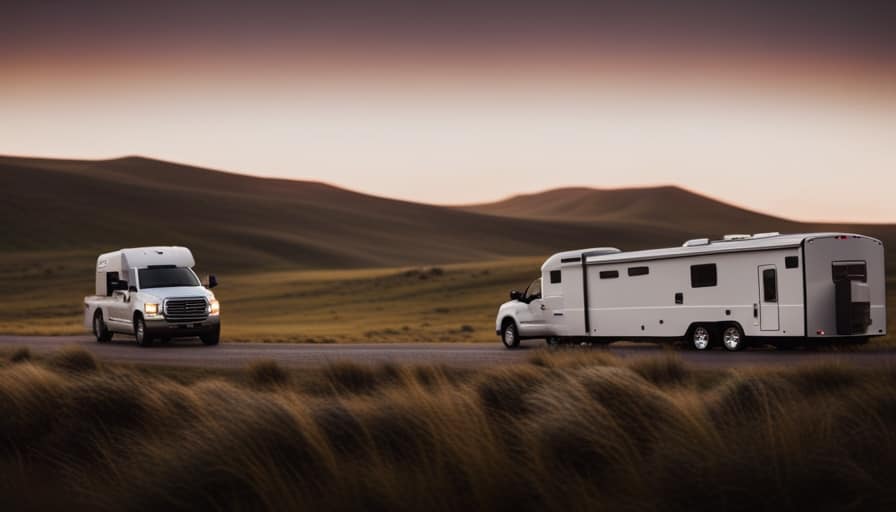
In this section, we’ll explore practical tips to help you navigate the emotional process of decluttering and let go of sentimental clutter.
Nostalgia Vs. Minimalism
I’ll admit, it can be challenging for us to let go of sentimental clutter, but with these practical tips for emotional decluttering, we can master the art of minimalism and create a more serene living space.
Here are some tips to help us navigate the delicate balance between nostalgia and minimalism:
-
Embrace the power of memories: Instead of holding onto physical objects, try capturing memories through photographs or creating a memory box with small mementos.

-
Curate a minimalist display: Choose a few meaningful items to showcase, while keeping the rest stored away. This way, you can appreciate the sentimental value without overwhelming your space.
-
Practice mindful gift-giving: When giving gifts, opt for experiences or consumables rather than material possessions. This reduces clutter and allows for more meaningful connections.
-
Find alternative ways to honor the past: Instead of displaying nostalgic items, consider repurposing them into something useful or donating them to someone who’ll appreciate them.
Emotional Attachment to Objects
We can feel a strong emotional attachment to objects, but by implementing practical tips for emotional decluttering, we can learn to let go of sentimental clutter and embrace a minimalist lifestyle.

Emotional decluttering is the process of organizing sentimental items in a way that allows us to cherish the memories associated with them without cluttering our physical or mental space.
One practical tip is to take photographs of sentimental objects before letting them go. This way, we can still revisit the memories without the need to hold onto the physical item.
Another tip is to create a special memory box where we can store a select few sentimental items. By curating our collection and displaying only the most meaningful objects, we can honor our past while still embracing minimalism.
Minimalism and Finances: Simplify Your Money Matters
As we embrace minimalism, we can simplify our money matters by incorporating a few key strategies. Here are some tips to help you achieve financial independence and practice minimalist budgeting:
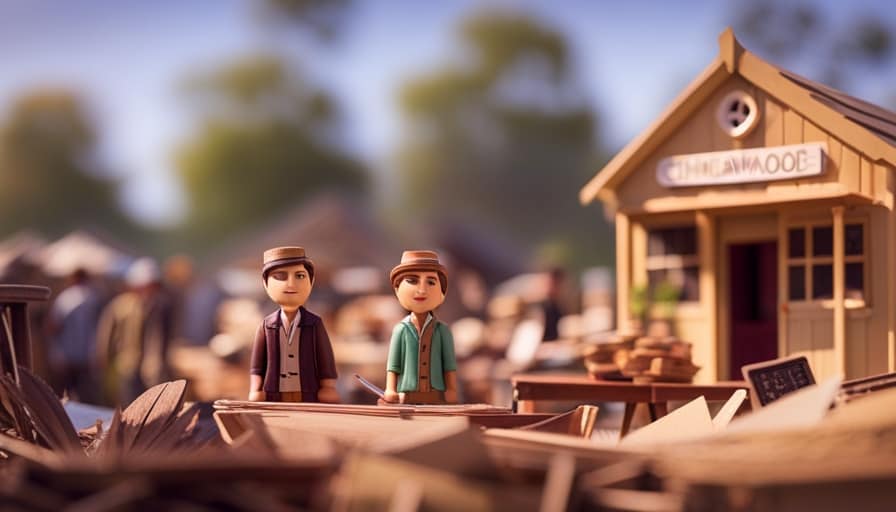
-
Track your expenses: Keep a record of every penny you spend to gain insight into your spending habits and identify areas where you can cut back.
-
Prioritize your needs: Distinguish between wants and needs, and focus on fulfilling your essential needs first before splurging on unnecessary items.
-
Create a minimalist budget: Set clear financial goals, allocate your income towards savings and investments, and limit your spending on non-essential items.
-
Practice mindful spending: Before making a purchase, ask yourself if it aligns with your values and adds value to your life.
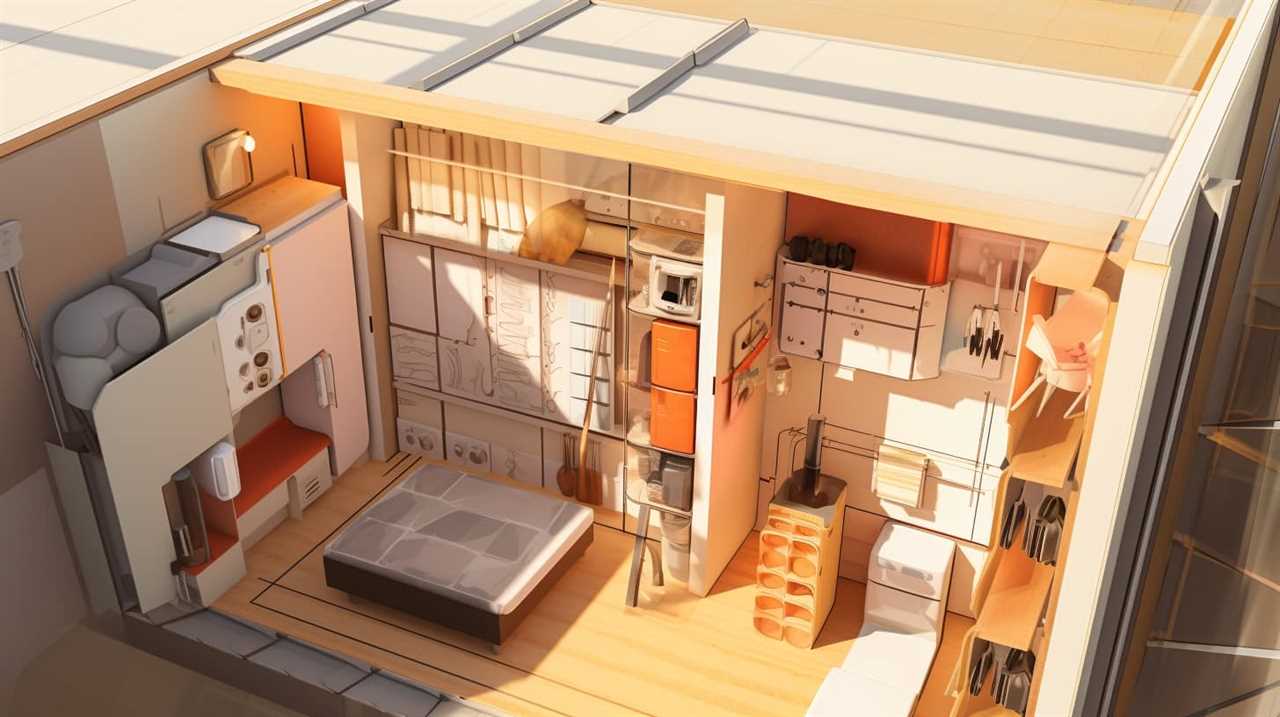
By adopting these strategies, you can simplify your finances, reduce stress, and gain more control over your money.
Transitioning into the art of slow living will further enhance your minimalist journey and help you find joy in the simple things in life.
The Art of Slow Living: Embracing Minimalism in Your Daily Life
Embracing the art of slow living allows us to cultivate mindfulness and find contentment in the simplicity of our daily lives. By adopting a minimalist mindset and embracing a slower pace, we can experience numerous benefits that promote overall well-being and happiness. Slow living encourages us to prioritize self-care and focus on what truly matters. It allows us to declutter our physical and mental spaces, reducing stress and creating a sense of calm.
Incorporating minimalist self-care practices into our daily routines can have a profound impact on our lives. It involves simplifying our self-care rituals and focusing on the essentials. This can include activities such as meditation, journaling, spending quality time with loved ones, and engaging in activities that bring us joy.
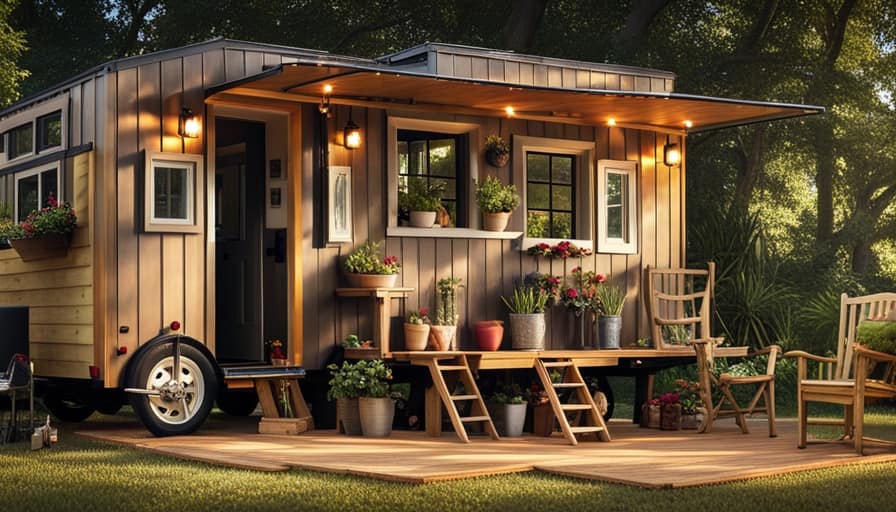
Here is a table highlighting some key benefits of slow living and minimalist self-care:
| Slow Living Benefits | Minimalist Self-Care |
|---|---|
| Reduces stress | Simplifies routines |
| Enhances mindfulness | Prioritizes essentials |
| Cultivates contentment | Fosters self-reflection |
| Promotes work-life balance | Nurtures self-worth |
| Encourages healthier relationships | Enhances overall well-being |
Frequently Asked Questions
How Can I Incorporate Minimalism Into My Wardrobe?
Incorporating minimalism into our wardrobe involves creating a capsule wardrobe, following minimalistic fashion trends, and focusing on quality over quantity. This approach simplifies our lives, saves time and money, and allows us to serve others more effectively.
What Are Some Practical Tips for Decluttering Sentimental Items?
Practical tips for decluttering sentimental items include assessing emotional attachment, setting boundaries, and repurposing or digitizing items. By taking these steps, we can create a more organized and meaningful living space.
How Can I Simplify My Digital Life?
To simplify our digital lives, we can start with a digital detox. Limit screen time, declutter unnecessary apps, and unsubscribe from email lists. Embrace minimalist technology by using only essential devices and apps that serve our needs.
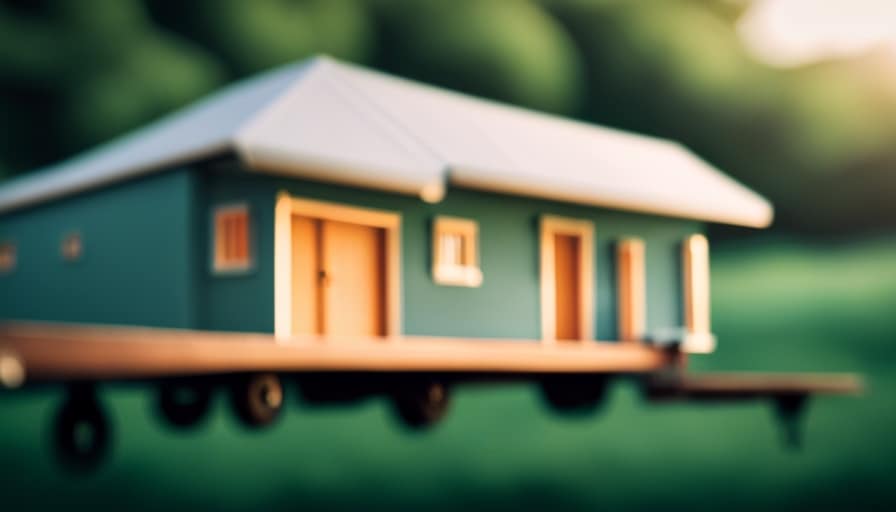
What Are Some Strategies for Practicing Slow Living?
Practicing slow living involves incorporating mindfulness practices and time management techniques. By being present in the moment and prioritizing our time, we can simplify our lives, reduce stress, and find more fulfillment.
How Can Minimalist Living Help Improve My Financial Situation?
Minimalist living can greatly improve our financial situation by helping us prioritize our spending, avoid unnecessary expenses, and focus on saving. It also encourages us to pursue a sustainable lifestyle and career advancement opportunities aligned with our values.
Conclusion
So there you have it, folks. The tiny living revolution is upon us, and it’s time to embrace the art of minimalism.
By simplifying our spaces, decluttering our lives, and adopting a mindful approach to consumption, we can truly transform our daily routines.
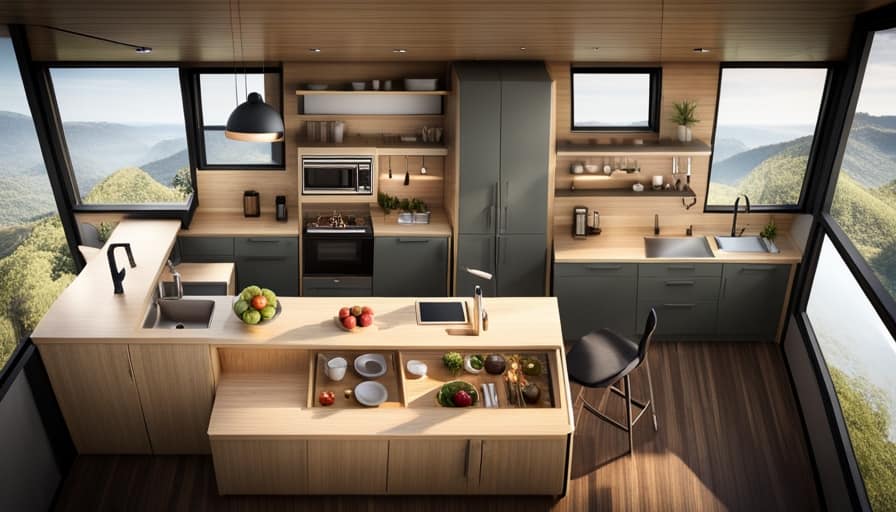
From creating functional minimalist spaces to packing light for travel, these life-changing tips will help you master the art of minimalism.
So why wait? Join the revolution and start living a simpler, more fulfilling life today.
I’m Theodore, and I love tiny houses. In fact, I’m the author of Tiny House 43, a book about tiny houses that are also tree houses. I think they’re magical places where imaginations can run wild and adventures are just waiting to happen.
While tree houses are often associated with childhood, they can be the perfect adult retreat. They offer a cozy space to relax and unwind, surrounded by nature. And since they’re typically built on stilts or raised platforms, they offer stunning views that traditional homes simply can’t match.
If you’re looking for a unique and romantic getaway, a tree house tiny house might just be the perfect option.
